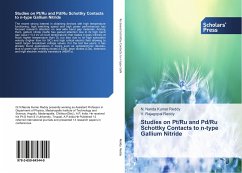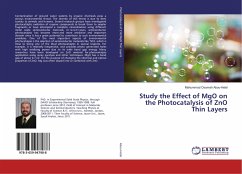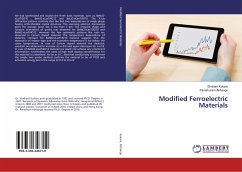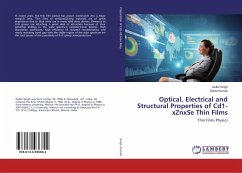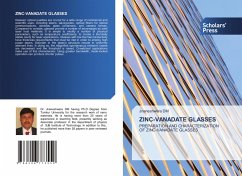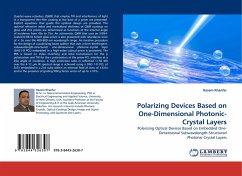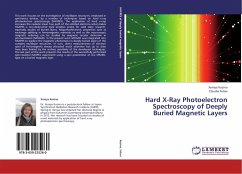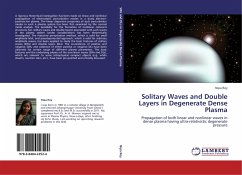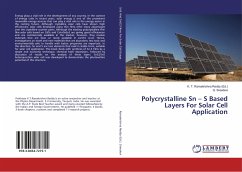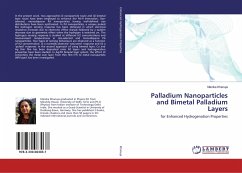
Palladium Nanoparticles and Bimetal Palladium Layers
for Enhanced Hydrogenation Properties
Versandkostenfrei!
Versandfertig in 6-10 Tagen
43,99 €
inkl. MwSt.

PAYBACK Punkte
22 °P sammeln!
In the present work, two approaches (i) nanoparticle route and (ii) bimetal layer route have been employed to enhance the Pd-H interaction. Size-selected, monodisperse Pd nanoparticles having well-defined size distributions have been synthesized. In Pd nanoparticles, a unique pulsed like hydrogen sensing response has been obtained in which electrical resistance increases due to electronic effect sharply followed by a sudden decrease due to geometric effect when the hydrogen is switched on. The hydrogen sensing response is studied at different H2 concentrations and measurement temperatures in s...
In the present work, two approaches (i) nanoparticle route and (ii) bimetal layer route have been employed to enhance the Pd-H interaction. Size-selected, monodisperse Pd nanoparticles having well-defined size distributions have been synthesized. In Pd nanoparticles, a unique pulsed like hydrogen sensing response has been obtained in which electrical resistance increases due to electronic effect sharply followed by a sudden decrease due to geometric effect when the hydrogen is switched on. The hydrogen sensing response is studied at different H2 concentrations and measurement temperatures in size-selected and monodisperse Pd nanoparticles. Two types of sensing behaviours are observed as a function of H2 concentration: (i) a normally observed 'saturated' response and (ii) a 'pulsed' response. In the second approach of using bimetal layer, Cu and Ag thin film has been deposited onto Pd layers and hydrogenation properties have been studied. In Ag/Pd bimetal layer system, the effect of converting the metal over layer from thin film (TF) to metal nanoparticle (NP) layers has been investigated.



